Research project areas
Project Areas or Study Systems
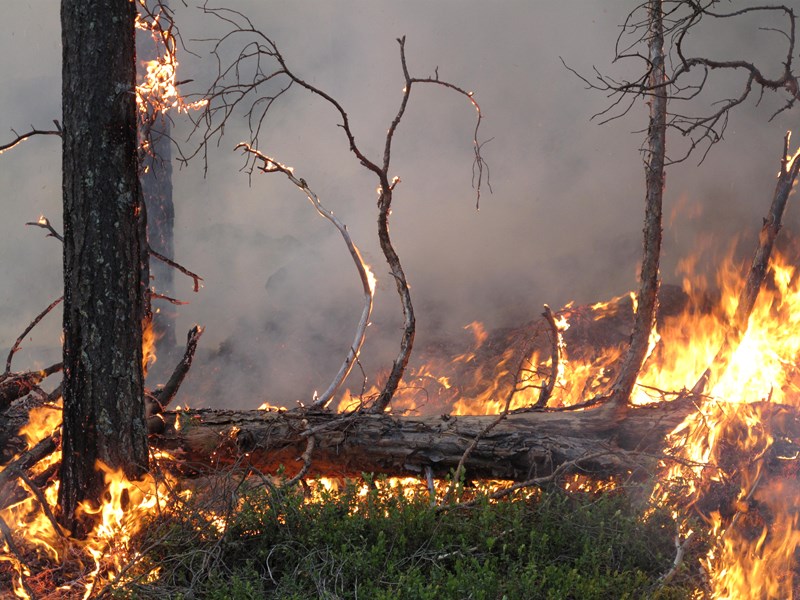
Fire Ecology: Fire is becoming more frequent and intense in the boreal region as a result of climate change. Understanding how changing fire regimes impact forest communities and other ecosystem properties, such as carbon storage is of great importance to society. Further, understanding how climate change affects forest regeneration following wildfires is critical for understanding forest resilience. The vegetation ecology unit has ongoing studies focused on recent large wildfires in Sweden, especially related to the severe fire years of 2014 and 2018.
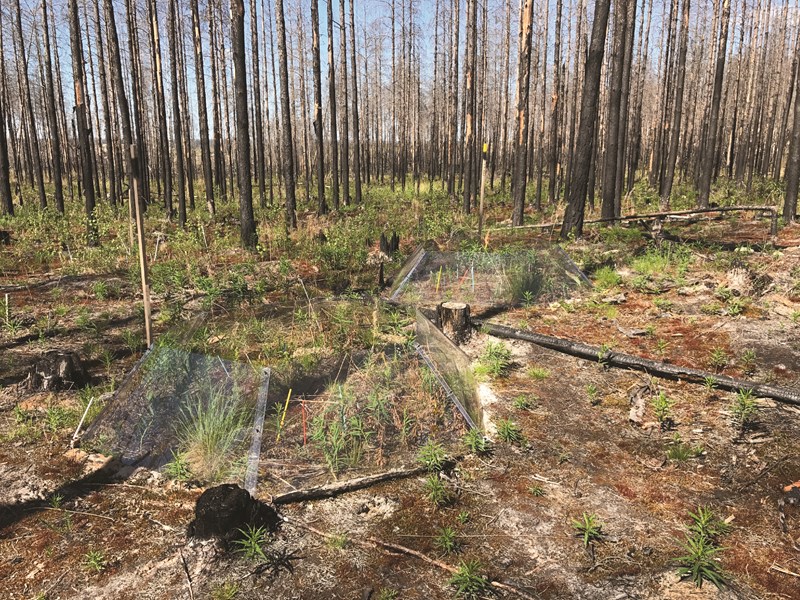
Forest regeneration: This subject area includes studies on the effects of natural disturbances, climate change and forest management on ecological processes underlying forest regeneration in boreal forests. The key factors of interest are the responses of understory vegetation (ericaceous dwarf shrubs and mosses) and soils controlling early seedling establishment and growth. We also study the interactive effects of management, wildfire and climate warming on the early development of conifer and broadleaved forest stands, and how these interactions impact the biotic and abiotic environment in the vicinity of the tree seedling.
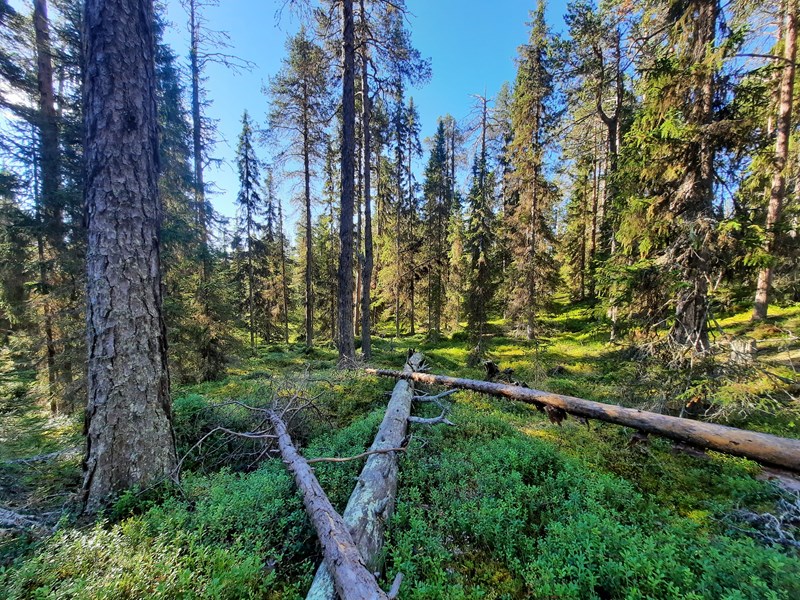
Forest Succession and Retrogression: Forests eventually recover from wildfire, and this leads to a change in forest community composition and ecosystem processes, such as nutrient cycling, carbon uptake, and storage. The vegetation ecology unit carries out fundamental research on how species contribute to and feedback on these ecosystem processes over century timescales. These relationships inform us about the relationships between biodiversity, forest productivity, and climate impacts of forests and forestry.
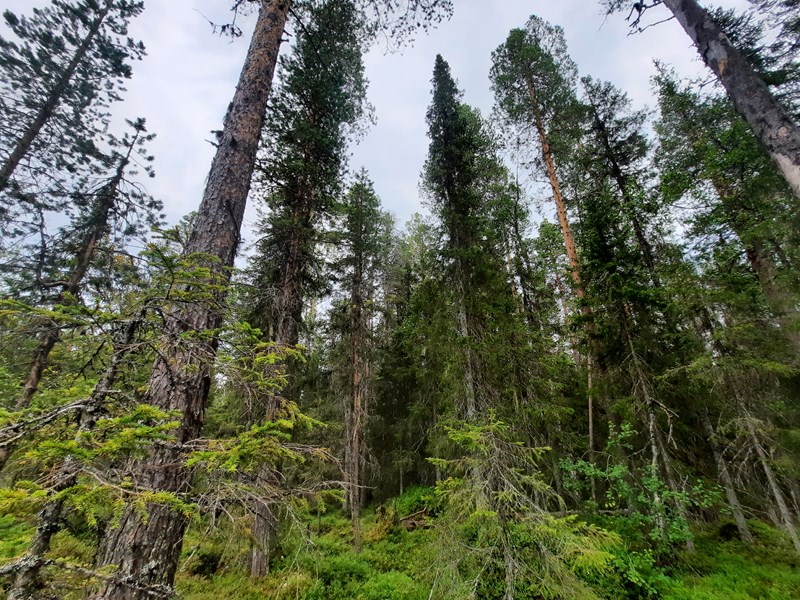
Biological N2-fixation: Boreal forests are nitrogen limited, and lose a substantial quantity of their N capital during a wildfire. Recovery of nitrogen occurs primarily via biological nitrogen fixation. The vegetation ecology unit performs fundamental research aimed at understanding the sources of biological nitrogen fixation in boreal forests, including feather mosses and other nitrogen-fixing niches. Work has focused on environmental controls on N2-fixation, in relation to climate change and forest management drivers, as well as metabolite exchange underpinning moss-cyanobacteria associations.
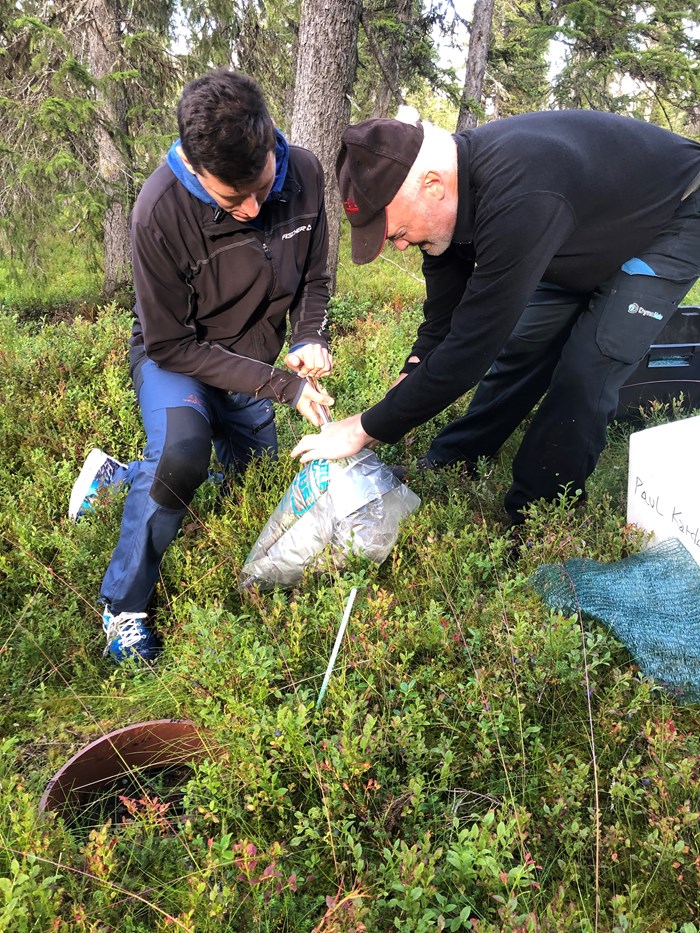
Biochar Management: Biochar refers to the intentional charring of biomass to create charcoal. Biochar has been shown to be a stable form of carbon when added to soil, while also enhancing nutrient availability and plant growth. The vegetation ecology unit does applied research on biochar aimed at understanding how biochar affects soil communities and nutrient cycling in boreal forests, and the consequences of this for forest growth. The unit has a long-term biochar field experiment set up at the Svartberget field research station, Vindeln.
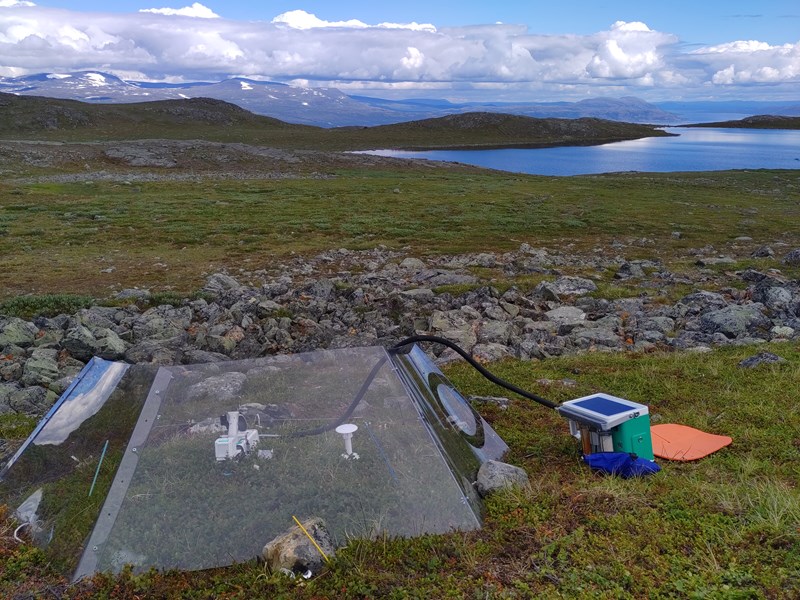
Sub-Arctic and Sub-Alpine Ecology: Arctic and alpine environments are experiencing rapid and pronounced climatic changes, with consequences for a wide range of ecological processes including shrub and tree encroachment on the tundra. The vegetation ecology unit has a variety of ongoing field studies in the sub-arctic, with a focus on understanding how climate change effects on subarctic species and communities influence ecosystem functions such as carbon and nutrient dynamics in arctic landscapes. This includes study systems in and around Abisko utilizing elevational and topographic gradients coupled with global change experiments in the field (Maja Sundqvist) and using state-of-the-art climate chambers in the lab (Paul Kardol). This also includes the Akkanålke study system (set up in 1989) with amendments of fertilizer and plant removals at the plot level (Marie-Charlotte Nilsson Hegethorn).

Exotic and Invasive Tree Species: Many tree species are introduced to new ranges globally, which sometimes provide benefits to society through enhanced production. However, they can also sometimes become problematic invaders. The vegetation ecology unit focuses research on the ecological controls of exotic species in their native and new environments. Much of this work has focused on Pinus contorta, utilizing experimental comparisons between its native range in North America, and introduced and invasive environments in Europe and the Southern Hemisphere. We also work on exotic plant species in mountain ecosystems. Here, we study the processes and impacts of range expansion following climate warming (https://rangex.w.uib.no/).
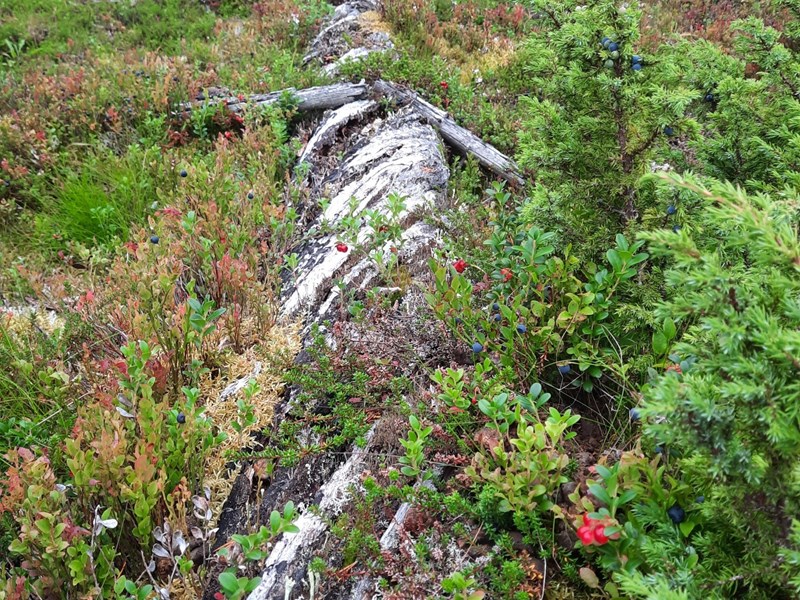
Biodiversity-Ecosystem Functioning: There has been much scientific debate regarding how species diversity contributes to the enhancement of key ecosystem functions, such as productivity or carbon uptake and storage. The vegetation ecology unit maintains several long-term biodiversity manipulation experiments, where species composition and richness are controlled. These study systems allow for the analysis of species-specific as well as community-level controls on ecosystem functioning, across different environmental contexts.
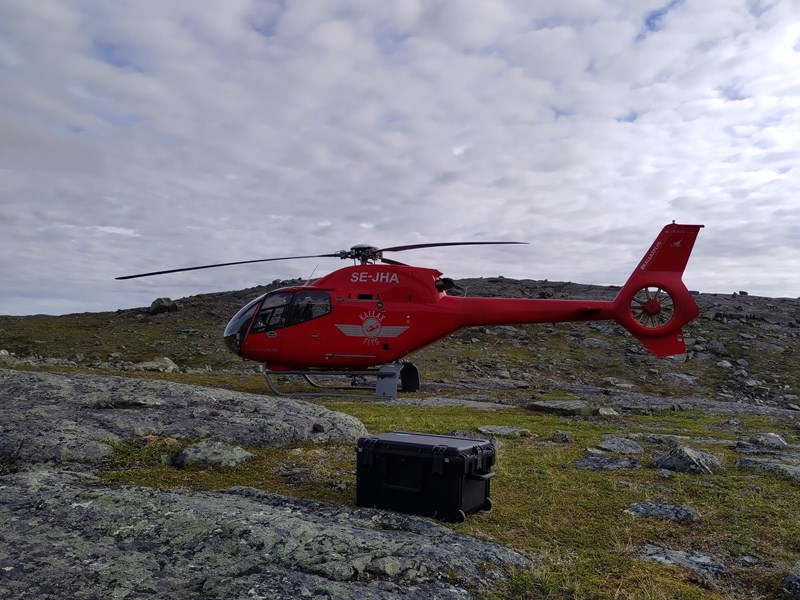
International Study Systems: The vegetation ecology unit strives for impactful research at a global scale, which involves several international study systems. The controls on the succession and invasiveness of the model exotic tree species Pinus contorta are evaluated in its native range (Canada and USA), and introduced countries, including Chile, Argentina, New Zealand, Sweden, Finland, and the UK. Direct and indirect effects of global warming in mountain ecosystems are explored in collaborative networks utilizing replicated experimental setups of global change experiments in several countries including Argentina, USA, New Zealand, Switzerland, Canada, Australia and Greenland. This includes a global network of forest-tundra and forest-alpine ecotones aimed at measuring thresholds and tipping points in relation to climate.
Currently Funded Projects
- Impacts of competition on plant-mycorrhizal associations in a warmer Arctic.Years: 2021-2024, Funder: VR 3 4000 kr (Principle Investigator: Maja Sundqvist)
- Skogsmossornas kemi och interaktion med cyanobakterier. Funder: Kempestiftelserna 990 000 kr. (Principle Investigator: M-C Nilsson Hegethorn).
- Assessing relationships and trade-offs between productivity, climate impacts, and biodiversity in northern Swedish forests. Years: 2021-2025. Funder: FORMAS 16 000 000 kr. (Principle Investigator: Michael Gundale).
- Nitrogen cycling in Boreal forests: A window into the past and future. Years: 2021-2024. Funder VR. 4 400 000 kr. (Principle Investigator: Michael Gundale).
- Using the National Forest Inventory tree core archive to understand how Swedish forests are responding to environmental change. Years: 2022-2024. Funder: Brattåsstiftelsen 1 500 000 kr. (Principle Investigator: Michael Gundale).
- Equipment needs for shared molecular facilities, SLU. Year: 2022-2023. Funder: Kempestiftelserna 3 500 000 kr. (PI: Michael Gundale).
- THRESHOLD – Thresholds and tipping points in ecosystem responses to global warming. Years: 2021-2026. Funder: ERC Consolidator Grant 23 312 747 kr. (Principle Investigator: Paul Kardol).
- Mechanisms underlying the success and impacts on biodiversity and ecosystem functioning of range-expanding species under climate change. Years: 2021-2024. Funder: BiodivERsA project lead by Jake Alexander (ETH Zürich) funded under the Horizon 2020 ERA-NET COFUND scheme 3.201.000 kr. (Principle Investigator: Paul Kardol)